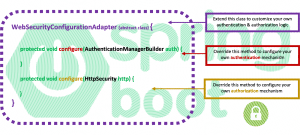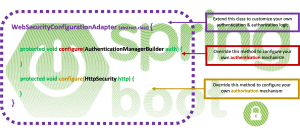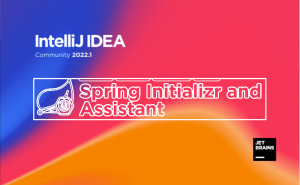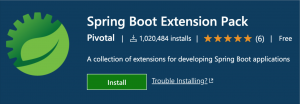Very often, a WordPress site/blog also uses some plug-ins to get some info for those accessing the blog. Such a well-known yet free tool is the WPStatistics plugin. The plugin offers a plethora of statistical data and the visitor statistics is one of them. This means that you can get info, in a table format, about the number of Visitors coming from each Search Engine, the Visitor’s Country Recognition, the Visitor’s City Recognition, the Visitor’s IP, etc.
You might encounter an issue with the visitors’ IPs: all are the same and all look like coming from your internal network, and more precisely, from the NGINX proxy host! Here you can see how you can solve this issue by manually adding/loading the remoteip_module in an Apache Server which is behind an NGINX Proxy in a Synology NAS.










